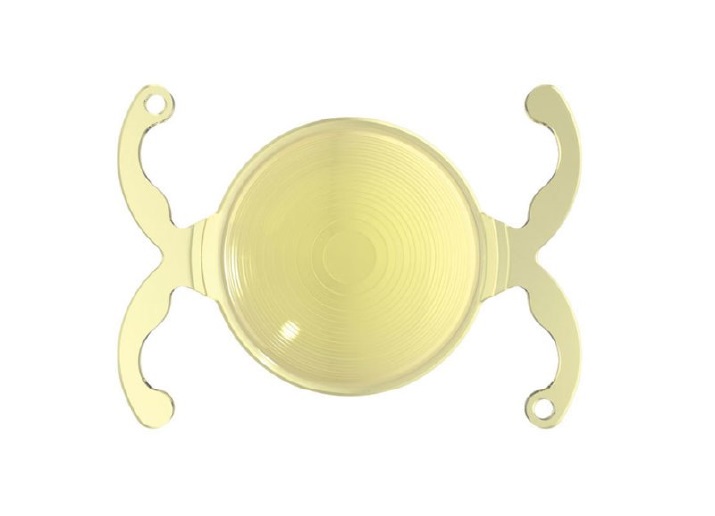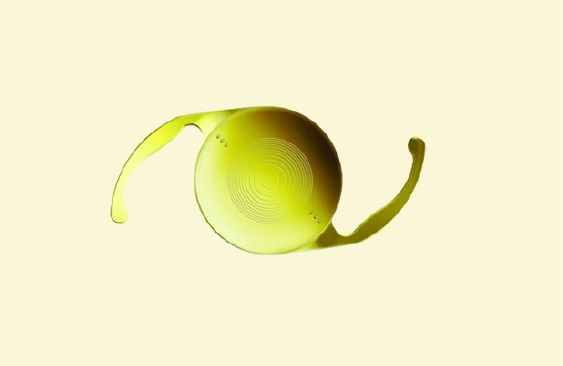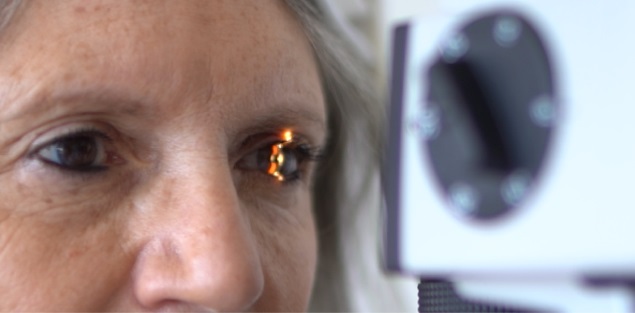Cataracts / Intraocular Lenses for Cataract Surgery
Types of Intraocular Lenses for Cataracts
Generally, intraocular lenses (IOLs) used for operation on presbyopia and cataract operation, unlike the lenses used for the correction of myopia, hyperopia and astigmatism, called phakic lenses, are used to replace the lens of the eye, the organ responsible for of visual accommodation to focus at different distances.
There are several types of intraocular lenses and deciding on one or the other will depend on the ocular characteristics of the patient who must undergo a personalized study, as well as other factors such as age, profession or activities of leisure.

Trifocal lens for cataracts and presbyopia
What are the latest generation intraocular lenses?
The Premium or latest generation lenses are last generation intraocular lenses that offer high-resolution image quality at all distances, drastically reducing the need to use glasses at any distance thanks to their advanced effects both optical and material.

Main advantages of the latest generation lenses
→ Distance vision: achieves excellent visual acuity for driving or watching TV comfortably.
→ Near vision: allows clear reading without glasses.
→ Intermediate vision: today it is one of the most valued by patients for being the most practical in daily life. Example: vision on tablet or computer.
→ Versatile: they allow the correction of various refractive errors such as myopia, hyperopia or astigmatism, along with presbyopia.
Each last generation lens is adapted to each eye, so its cost is offset by the savings generated by stopping wearing glasses for the rest of your life.
Standard monofocal lenses cannot achieve this result, since they are designed to correct only one distance. In this way, they force the patient to continue depending on the glasses after this type of intervention.
Lens types
Monofocal intraocular lenses
They only focus on a single point, far away. For this reason, the patient will continue to need glasses to perform near tasks.
Multifocal intraocular lenses
Multifocal lenses allow you to focus at various distances, both near and far.

There are different types:
• Refractive: One area improves near vision, and another far vision. This implies that the lens must be perfectly centered. The pupil plays an important role in this design and can be a disadvantage because if it contracts a lot, the most effective area will be the central one, with which distance vision will remain good but near visual quality will be lost.
• Hybrids: This type of lens is prescribed in cases of very high astigmatism or corneal irregularities in which it is not possible to adapt a semi-rigid lens, either because the patient does not tolerate it or because the lens does not focus well on the eye or does not cover the alterations located on the periphery of the cornea.
• Diffractive: They have two main foci and are formed by a series of concentric rings that form a diffraction grating. This optical feature has the ability to direct light rays to two different sources at the same time, creating two separate focal points, one for far and one for near. What it intends is to minimize the possible discomfort that may arise after cataract surgery, in addition to achieving good image quality. That way independence from glasses is more easily achieved.
Possible general complications in all Halos, glare, decreased sensitivity to light contrast, intolerance.




